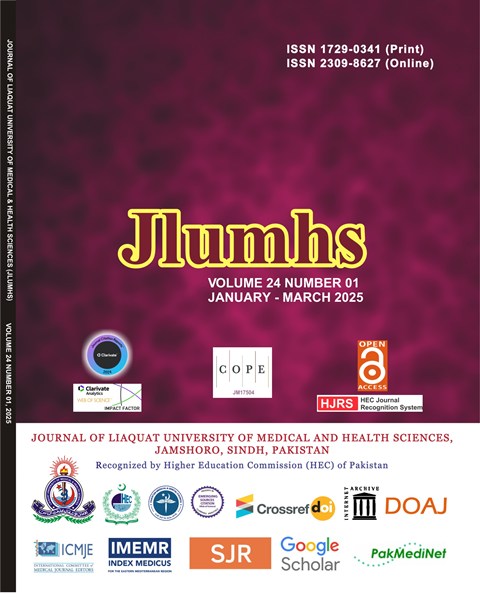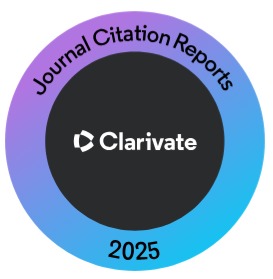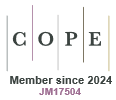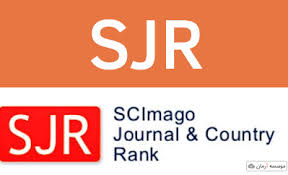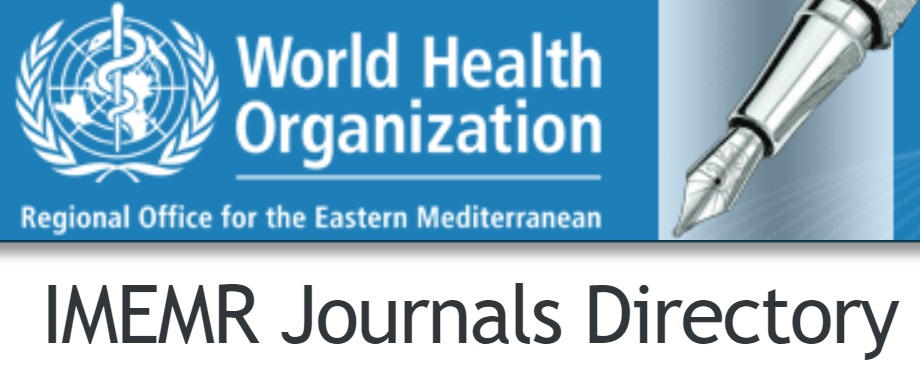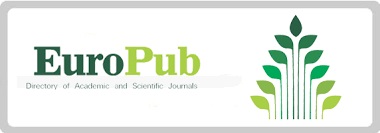Effect of Stuttering Modification Technique on Social Emotional Functioning and Communication Skills in Stutterers
Keywords:
stuttering severity instrument, social, emotionalAbstract
OBJECTIVE: To look into how the stuttering modification technique affects a person's ability to communicate and their social-emotional functioning.
METHODOLOGY: This quasi-experimental study was conducted at Sehat Medical Complex Hospital from January to July 2023. Data were gathered from patients who had been experiencing stuttering. A non-probability convenient sampling strategy was selected for this study; data was collected from 30 individuals with moderate to severe stutters at Sehat Medical Complex Hospital. Individuals without comorbid speech impairments or psychological/neurodevelopmental disorders between the ages of 6 and 18 were included, regardless of gender. The CALMS rating scale was used to assess the cognitive, affective, linguistic, motor, and social components of stuttering, while the Stuttering severity instrument SSI 4 was utilized to determine the severity level.
RESULTS: According to the results of this study, the paired t-test was used for the pre and post-reading analysis. The results indicate significant t-values ranging from 11.584 to 22.954 and a p-value of 0.000, which suggests a substantial impact of stuttering modification techniques on cognitive, affective, linguistic, motor, social, and overall severity.
CONCLUSION: The result stated that significant improvements in cognitive, affective, linguistic, motor, social, and overall severity were observed in 30 individuals with moderate to severe stuttering to mild to moderate severity who used stuttering modification approaches. The results bolster the effectiveness of this therapy, which prioritizes desensitization and modification techniques in improving stutterers' social-emotional health and communicative abilities.
References
Freud D, Levy-Kardash O, Glick I, Ezrati-Vinacour R. Pilot program combining acceptance and commitment therapy with stuttering modification therapy for adults who stutter: A case report. Folia Phoniatr Logop. 2020; 72(4): 290-301. doi: 10.1159/000501078. Epub 2019 Jun 28.
Brignell A, Krahe M, Downes M, Kefalianos E, Reilly S, Morgan AT. A systematic review of interventions for adults who stutter. J Fluency Disord. 2020; 64: 105766. doi: 10.1016/j.jfludis.2020.105766. Epub 2020 Apr 30.
Sommer M, Waltersbacher A, Schlotmann A, Schröder H, Strzelczyk A. Prevalence and therapy rates for stuttering, cluttering, and developmental disorders of speech and language: evaluation of German health insurance data. Front Hum Neurosci. 2021; 15: 645292. doi: 10.3389/fnhum.2021.645292.
Etchell AC, Civier O, Ballard KJ, Sowman PF. A systematic literature review of neuroimaging research on developmental stuttering between 1995 and 2016. J Fluency Disord. 2018; 55: 6-45. doi: 10.1016/j.jfludis.2017.03.007. Epub 2017 Mar 12.
Constantino C, Campbell P, Simpson S. Stuttering and the social model. J Commun Disord. 2022; 96: 106200. doi: 10.1016/j.jcomdis.2022.106200. Epub 2022 Feb 23.
Briley PM, Gerlach H, Jacobs MM. Relationships between stuttering, depression, and suicidal ideation in young adults: Accounting for gender differences. J Fluency Disord. 2021; 67: 105820. doi: 10.1016/j.jfludis.2020.105820. Epub 2020 Nov 27.
Laiho A, Elovaara H, Kaisamatti K, Luhtalampi K, Talaskivi L, Pohja S et al. Stuttering interventions for children, adolescents, and adults: a systematic review as a part of clinical guidelines. J Commun Disord. 2022; 99: 106242. doi: 10.1016/j.jcomdis.2022.106242. Epub 2022 Jun 16.
Schneider P, Kohmaescher A, Sandrieser P. KIDS: A modification approach in stuttering therapy for school children. In: Dialogue without barriers: Comprehensive intervention in stuttering. 2023: p. 195-229.
Lowe R, Menzies R, Onslow M, Packman A, O'Brian S. Speech and anxiety management with persistent stuttering: Current status and essential research. J Speech Lang Hear Res. 2021; 64(1): 59-74. doi: 10.1044/2020_JSLHR-20-00144. Epub 2021 Jan 5.
Nippold MA. Stuttering in preschool children: Direct versus indirect treatment. Lang Speech Hear Serv Sch. 2018; 49(1): 4-12.
Iimura D, Yada Y, Imaizumi K, Takeuchi T, Miyawaki M, Van Borsel J. Public awareness and knowledge of stuttering in Japan. J Comm Disord. 2018; 72: 136-45.
Tichenor SE, Walsh BM, Gerwin KL, Yaruss JS. Emotional regulation and its influence on the experience of stuttering across the life span. J Speech Lang Hear Res. 2022; 65(7): 2412-30.
Obiweluozo PE, Ede MO, Onwurah CN, Uzodinma UE, Dike IC, Ejiofor JN. Impact of cognitive behavioural play therapy on social anxiety among school children with stuttering deficit: a cluster randomized trial with three months follow-up. Medicine(Baltimore). 2021; 100(19): e24350.
Karahan T??rak T, Kulak Kay?kc? ME, Kirazl? MÇ, T??rak A. Emotional and behavioural problems of children and adolescents who stutter: Comparison with typically developing peers. Logopedics Phoniatrics Vocology. 2021; 46(4): 186-92.
Amster BJ, Klein ER. More than fluency: The social, emotional, and cognitive dimensions of stuttering: Plural Publishing; 2018.
Lowe R, Helgadottir F, Menzies R, Heard R, O'Brian S, Packman A et al. Safety behaviors and stuttering. J Speech Lang Hear Res. 2017; 60(5): 1246-53.
Connery A, Galvin R, McCurtin A. Effectiveness of nonpharmacological stuttering interventions on communication and psychosocial functioning in adults: A systematic review and meta?analysis of randomized controlled trials. J Evidence?Based Med. 2021; 14(1): 17-26.
Sønsterud H, Halvorsen MS, Feragen KB, Kirmess M, Ward D. What works for whom? Multidimensional individualized stuttering therapy (MIST). J Comm Disord. 2020; 88: 106052.
Tahmasebi N, Shafie B, Karimi H, Mazaheri M. A Persian-version of the stuttering severity instrument-version four (SSI-4): How the new additions to SSI-4 complement its stuttering severity score? J Comm Disord. 2018; 74: 1-9.
Everard RA, Howell P. We have a voice: Exploring participants experiences of stuttering modification therapy. Am J Speech Lang Pathol. 2018; 27(3S): 1273-86.
Tetnowski JA, Scott KS, Rutland BF. Fluency and fluency disorders. The handbook of language and speech disorders. 2021: 414-44.
Westby C. A Multidimensional Approach to Stuttering. Word of Mouth. 2019; 30(4): 7-10.
Tahmasebi N, Shafie B, Karimi H, Mazaheri M. A Persian-version of the stuttering severity instrument-version four (SSI-4): How the new additions to SSI-4 complement its stuttering severity score? J Comm Disord. 2018; 74: 1-9
Tumanova V, Choi D, Wang Q. Effects of behavior inhibition on stuttering severity and adverse consequences of stuttering in 3–6 year old children who stutter. J Comm Disord. 2023; 104: 106332.
Weekly T, Walker N, Beck J, Akers S, Weaver M. A review of apps for calming, relaxation, and mindfulness interventions for pediatric palliative care patients. Children. 2018; 5(2): 16.
Kohmäscher A, Primaßin A, Heiler S, Avelar PDC, Franken M-C, Heim S. Effectiveness of Stuttering Modification Treatment in School-Age Children Who Stutter: A Randomized Clinical Trial. J Speech Lang Hear Res. 2023; 66(11): 4191-205.
Onslow M, Kelly EM. Temperament and early stuttering intervention: Two perspectives. J Fluency Disord. 2020; 64: 105765.
Erickson S, Block S. The social and communication impact of stuttering on adolescents and their families. J Fluency Disord. 2013; 38(4): 311-24.
Downloads
Published
How to Cite
Issue
Section
License
Copyright (c) 2025 Journal of Liaquat University of Medical & Health Sciences

This work is licensed under a Creative Commons Attribution-NonCommercial-ShareAlike 4.0 International License.
Submission of a manuscript to the journal implies that all authors have read and agreed to the content of the undertaking form or the Terms and Conditions.
When an article is accepted for publication, the author(s) retain the copyright and are required to grant the publisher the right of first publication and other non-exclusive publishing rights to JLUMHS.
Articles published in the Journal of Liaquat University of Medical & health sciences are open access articles under a Creative Commons Attribution-Noncommercial - Share Alike 4.0 License. This license permits use, distribution and reproduction in any medium; provided the original work is properly cited and initial publication in this journal. This is in accordance with the BOAI definition of open access. In addition to that users are allowed to remix, tweak and build upon the work non-commercially as long as appropriate credit is given and the new creations are licensed under the identical terms. Or, in certain cases it can be stated that all articles and content there in are published under creative commons license unless stated otherwise.

